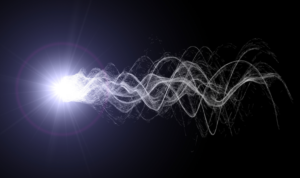Determining the maximal amount of information that can be reliably transmitted through a noisy channel is a key question in information theory. This study delves into a class of optical quantum channels that stand out for their practicality: they do not require an external energy source for their operation. By focusing on these channels, the research explores how to maximize the Holevo information—a measure of the total amount of information that can be communicated—by encoding this information through specific alterations in attenuation and phase shifts within a finite energy resource state.
 A notable finding from this investigation is the identification of an optimal encoding strategy that uniformly distributes the channel's phase-shift parameter across any given input state and environmental temperature. This approach ensures the maximization of the Holevo information, simplifying the encoding process significantly. Furthermore, for a broad spectrum of input states, it appears that any encoding strategy reaching this maximal information transfer employs a finite set of channel attenuation values. This effectively reduces the complexity of potential codewords to a manageable number of distinct "rings" in the output phase space—a graphical representation of the quantum state's position and momentum.
A notable finding from this investigation is the identification of an optimal encoding strategy that uniformly distributes the channel's phase-shift parameter across any given input state and environmental temperature. This approach ensures the maximization of the Holevo information, simplifying the encoding process significantly. Furthermore, for a broad spectrum of input states, it appears that any encoding strategy reaching this maximal information transfer employs a finite set of channel attenuation values. This effectively reduces the complexity of potential codewords to a manageable number of distinct "rings" in the output phase space—a graphical representation of the quantum state's position and momentum.
Quantum-optimal information encoding using noisy passive linear optics
Andrew Tanggara, Ranjith Nair, Syed Assad, Varun Narasimhachar, Spyros Tserkis, Jayne Thompson, Ping Koy Lam, Mile Gu
Quantum 8, 1218




